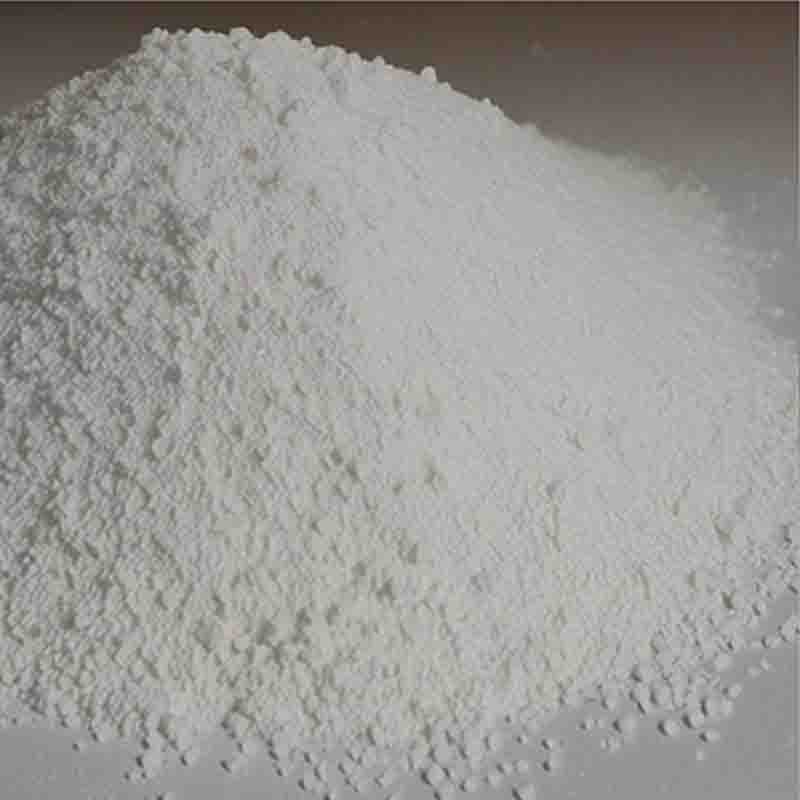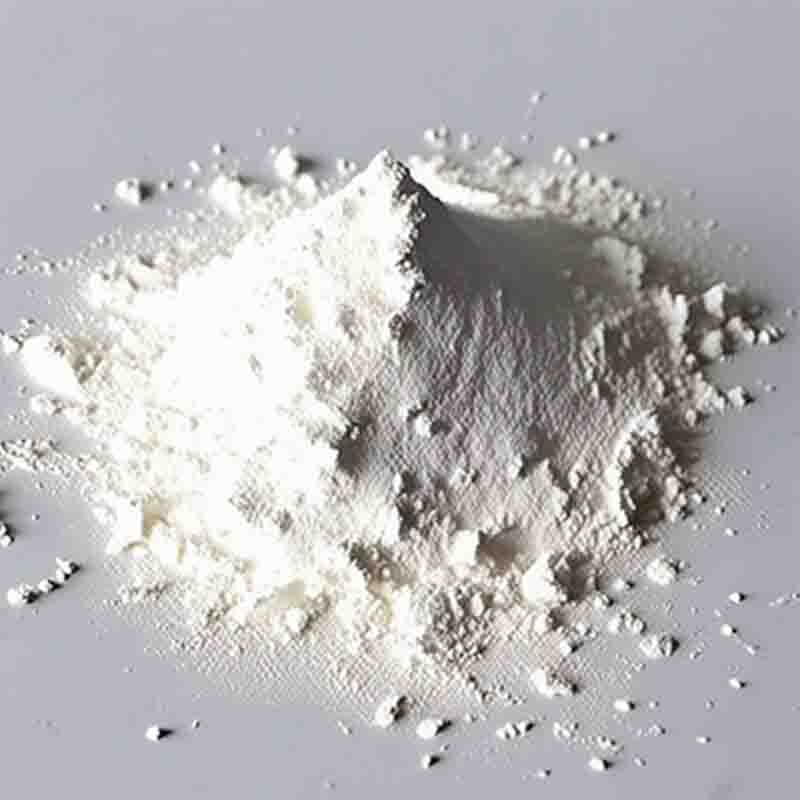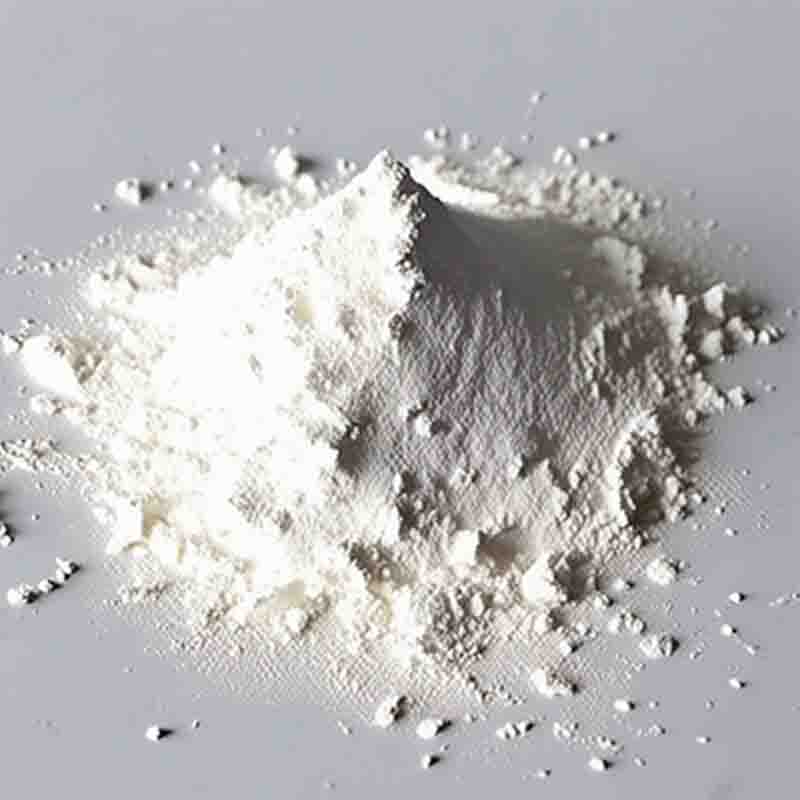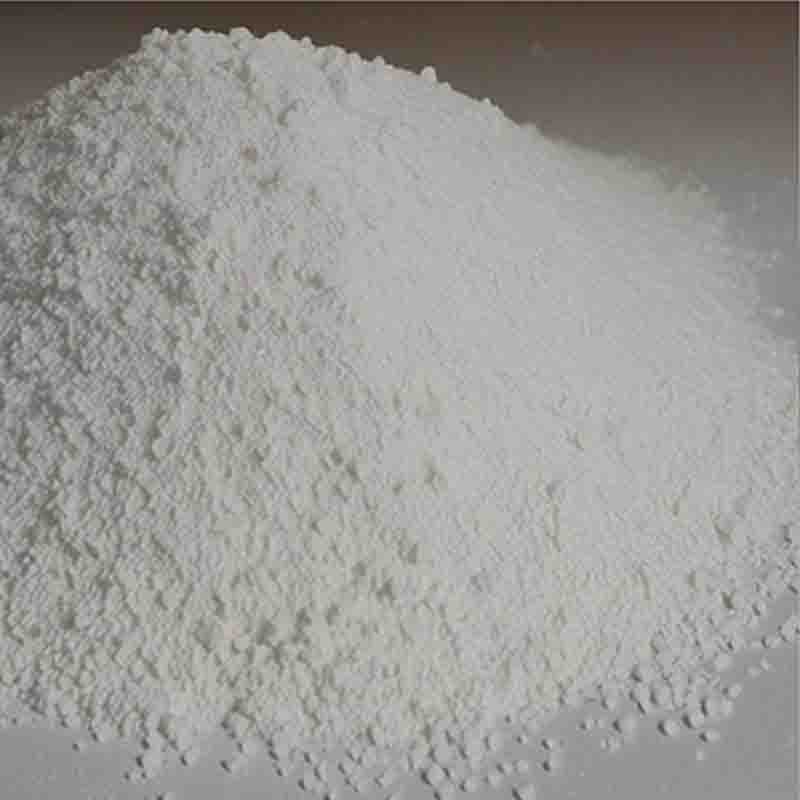Cyclooctanone CAS: 502-49-8
| Catalog Number | XD95207 |
| Product Name | Cyclooctanone |
| CAS | 502-49-8 |
| Molecular Formula | C8H14O |
| Molecular Weight | 126.2 |
| Storage Details | Ambient |
Product Specification
| Appearance | White powder |
| Assay | 99% min |
Cyclooctanone is a chemical compound with various applications in different industries. Its unique structure and properties make it valuable in several areas.
In the pharmaceutical industry, Cyclooctanone is used as a building block for the synthesis of pharmaceutical compounds. Its cyclooctanone moiety can serve as a reactive site for further chemical modifications, allowing the creation of new drug molecules with desired properties. Additionally, its carbonyl group can contribute to the pharmacological activity of the final drug product.
Furthermore, Cyclooctanone is employed in the field of organic synthesis as a reagent or intermediate. Its cyclooctanone ring can participate in various chemical reactions, such as oxidation or reduction reactions, enabling the creation of complex organic molecules. This compound's versatility makes it valuable for the synthesis of a wide range of organic compounds, including natural products, polymers, and specialty chemicals.
In the fragrance and flavor industry, Cyclooctanone can be used as a key ingredient in the production of perfumes and flavors. Its unique aroma contributes to the scent or taste of the final product, making it valuable for the creation of specific fragrance or flavor profiles.
Additionally, Cyclooctanone can serve as a precursor for the synthesis of various functional materials. Its cyclooctanone ring can be utilized for the introduction of specific functional groups or as a reactive site for polymerization reactions. This compound's incorporation into materials can enhance their properties, such as thermal stability, mechanical strength, or optical properties.
In conclusion, Cyclooctanone has diverse applications in pharmaceutical synthesis, organic chemistry, fragrance and flavor production, and materials science. Its unique structure and properties make it valuable as a building block for drug synthesis, an intermediate in organic reactions, a key ingredient in fragrance and flavor production, and a precursor for functional materials. Continued research and development are expanding the potential applications of this compound in these fields.


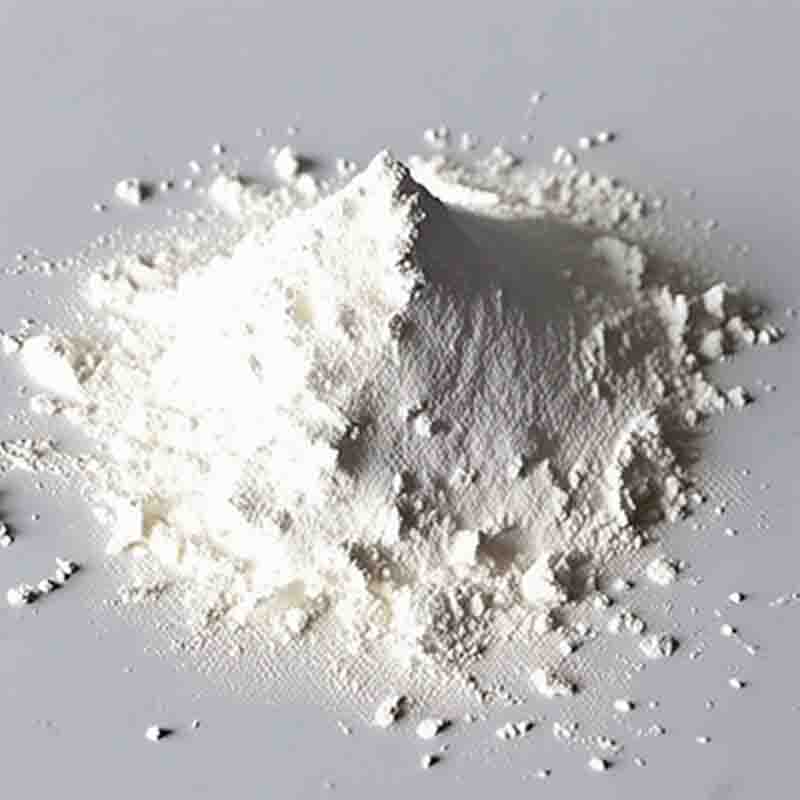

![DICHLORO[(R)-(+)-2,2'-BIS(DIPHENYLPHOSPHINO)-1,1'-BINAPHTHYL]RUTHENIUM (II) CAS: 134524-84-8](https://cdn.globalso.com/xdbiochems/白色粉末1552.jpg)
